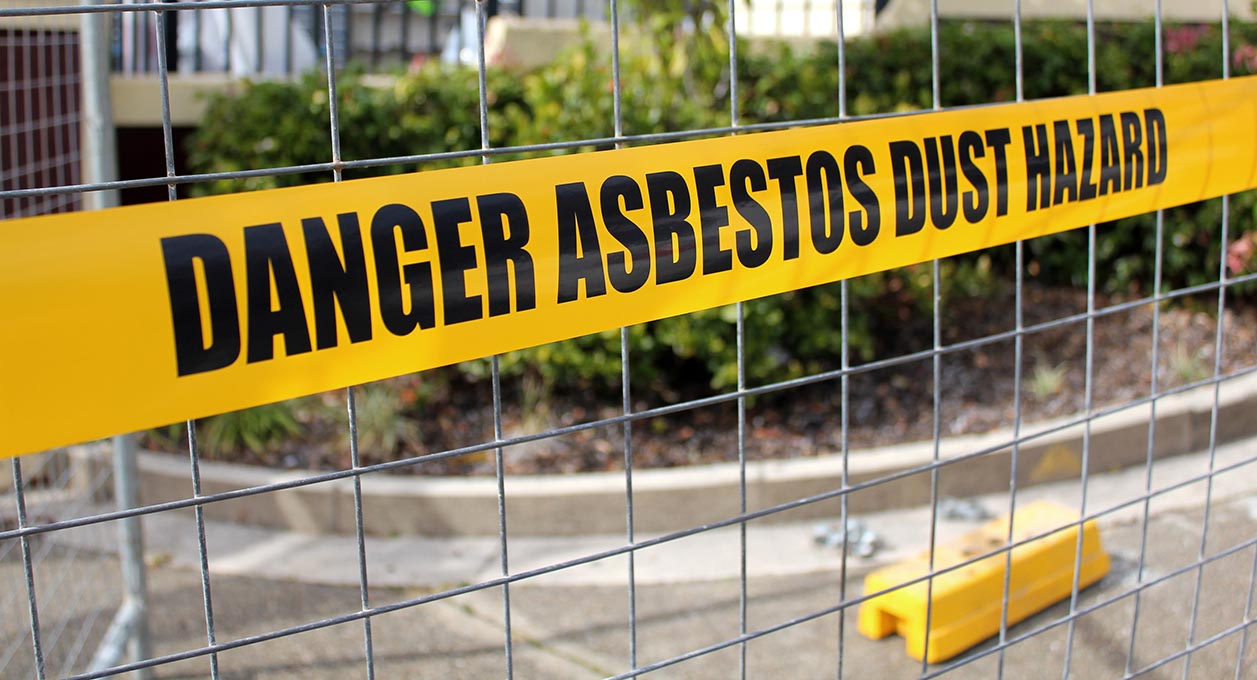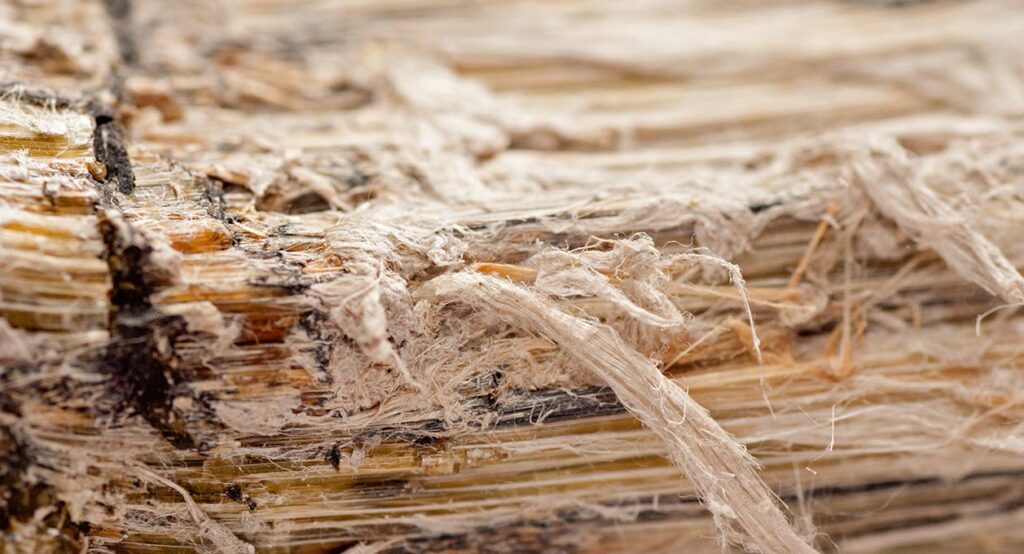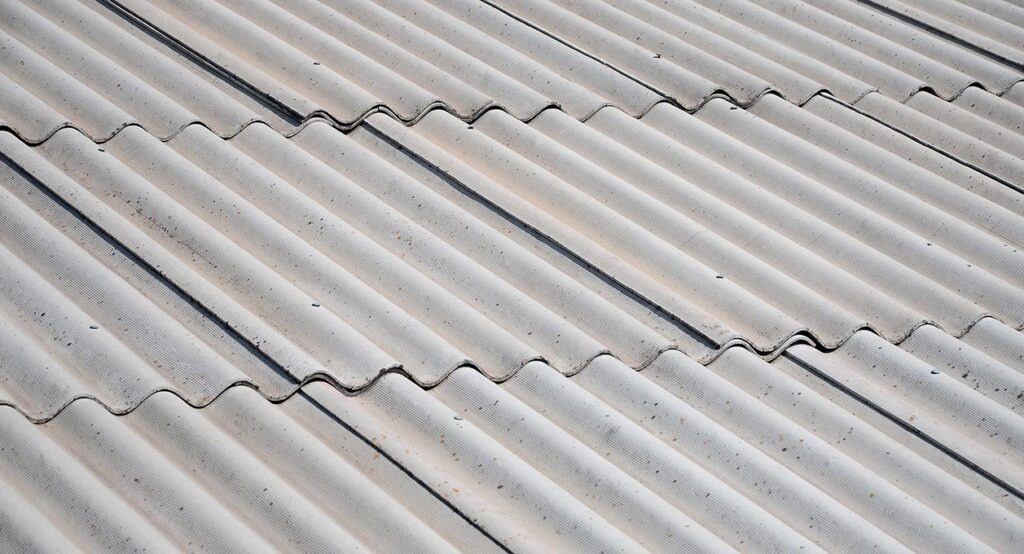Asbestos Miracle
Asbestos, a naturally occurring fibrous mineral, was once hailed as a “miracle material” due to its resistance to heat, electricity, and corrosion, as well as its tensile strength. However, it is now well-established that exposure poses severe health risks to humans. Using it in construction, insulation, and fireproofing materials became widespread in the 20th century, but its dangers have since led to strict regulations and bans in many countries. The following paragraphs outline the primary hazards associated with asbestos exposure.
When disturbed or damaged, fibres can become airborne and easily inhaled. The minuscule, needle-like fibres can penetrate deep into the lungs, where they can cause inflammation, scarring, and ultimately lead to severe respiratory issues. The primary health conditions associated with asbestos exposure are asbestosis, lung cancer, and mesothelioma.
Asbestosis is a chronic respiratory condition resulting from prolonged exposure. The inhaled fibres cause lung tissue scarring, which leads to decreased lung elasticity and impaired breathing. Symptoms of asbestosis include shortness of breath, chest pain, persistent cough, and eventual respiratory failure. Although not a form of cancer, asbestosis is a debilitating and progressive disease with no cure, and it can substantially impact the quality of life of those affected.
Cancer Danger
Lung cancer is another significant risk associated with asbestos exposure. When fibres accumulate in the lungs, they can cause DNA damage to lung cells, eventually leading to cancerous growths. It is important to note that asbestos-induced lung cancer is often indistinguishable from lung cancer caused by other factors, such as smoking. However, the combination of exposure and smoking can exponentially increase the risk of developing lung cancer.
Mesothelioma is a rare and aggressive form of cancer that primarily affects the lining of the lungs (pleural mesothelioma) but can also occur in the lining of the abdomen (peritoneal mesothelioma) or the heart (pericardial mesothelioma). Caused almost exclusively by exposure, mesothelioma can take 20 to 50 years to develop following initial contact with hazardous fibres. The prognosis for mesothelioma patients is generally poor, with most cases being diagnosed at an advanced stage, leaving limited treatment options.
Secondary Exposure
Secondary exposure is another danger that cannot be ignored. This occurs when individuals who have been in direct contact unknowingly bring fibres home on their clothing, tools, or skin, inadvertently exposing their family members. As a result, even those who have not worked directly with asbestos materials can still suffer from asbestos-related diseases.
Moreover, the risks associated are not limited to occupational exposure. Many older buildings, including residential homes, schools, and offices, still contain asbestos materials. When these structures undergo renovation, demolition, or natural disasters, the fibres can be released into the air, posing a threat to nearby residents and workers.
The long latency period between exposure and the development of related diseases makes it challenging to establish a causal link in some cases. However, the World Health Organization (WHO) estimates that around 125 million people worldwide are still exposed to asbestos in the workplace, and approximately 107,000 people die each year from asbestos-related diseases.
Conclusion
Asbestos poses severe health risks to those exposed to it, both directly and indirectly. The dangers, such as asbestosis, lung cancer, and mesothelioma, can be life-altering and often fatal. As a result, it is essential to identify and safely remove asbestos-containing materials from our living and working environments to prevent further harm.
Further Reading
- Asbestos: What You Need to Know – Comprehensive guide by the Environmental Protection Agency (EPA) on asbestos, its dangers, and regulations in the United States.
- Asbestos and Your Health – In-depth information on asbestos-related health issues, provided by the Agency for Toxic Substances and Disease Registry (ATSDR).
- Asbestos in the Home: A Homeowner’s Guide – Tips and guidance for homeowners on identifying and managing asbestos in residential properties, by the Federal Trade Commission (FTC).
- WHO: Asbestos and Mesothelioma – Fact sheet by the World Health Organization (WHO) on the global impact of asbestos and the efforts to eliminate asbestos-related diseases.
- Asbestos Safety and Eradication Agency – An Australian government agency offering resources, advice, and support on asbestos management, removal, and awareness.
See more about asbestos on Skill Builder






